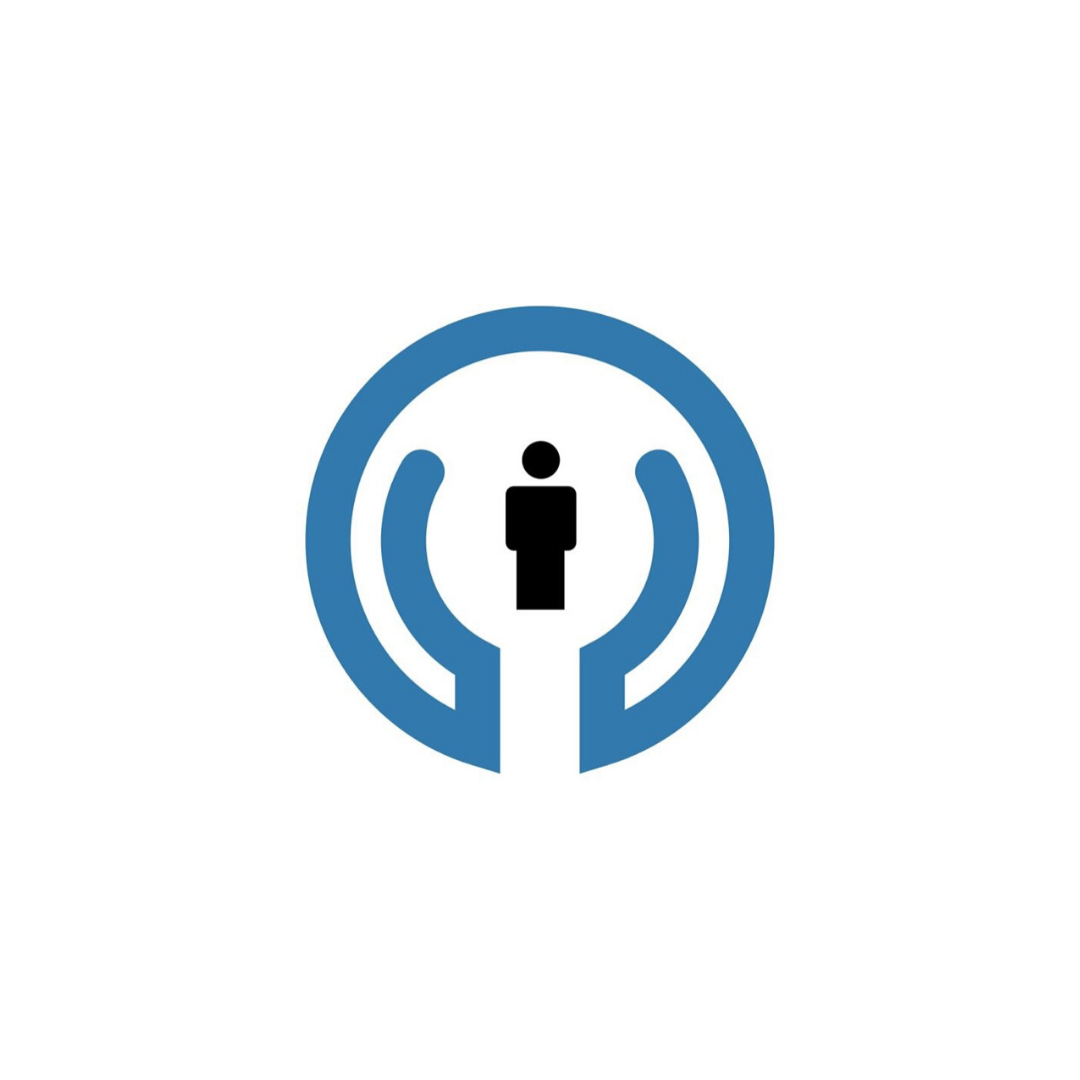Why should you visit a Hematologist?
If you’re not familiar with the term hematology, it is the study of the physiology of blood. A person who specializes in hematology is called a Hematologist. Being referred to a Hematologist is not very common, but the referral should not be a cause for panic.
Hematologists cover a wide range of diseases and disorders: leukemia and lymphoma, anemia, low platelets, blood clots and so forth. These four diseases/disorders are described in more detail below.
1. Leukemia and Lymphoma
Leukemia is a form of blood cancer that can affect the blood and bone marrow. It begins in a cell in your bone marrow and over time the infected cell can multiply so much that they end up taking over and suppress the development of normal cells.
Lymphoma is a name for a group of blood cancers that will develop in your lymphatic system. There are multiple types of lymphoma, but the two most common are Hodgkin lymphoma and non-Hodgkin lymphoma (NHL). Hodgkin Lymphoma (HL) is one of the most curable forms of cancer. It has characteristics that distinguish it from other diseases classified as lymphoma, including the presence of Reed-Sternberg cells. These are large, cancerous cells found in Hodgkin lymphoma tissues, named for the scientists who first identified them. NHL is a diverse group of diseases that are characterized by the type of cancer cells associated with the disease (B-cell, T-cell or NK-cell).
2. Anemia
Anemia is a condition where you lack enough oxygen-rich red blood cells (RBC). This is due to a low level of hemoglobin – the iron-rich protein that carries oxygen. Anemia can be temporary or long term so it’s important to discuss with your primary doctor if you are feeling possible symptoms of fatigue, weakness, pale/yellowish skin, lightheadedness, cold hands or feet and/or headaches.
3. Low Platelets
Low platelets, or Thrombocytopenia, is a condition where the number of platelets (what clots your blood) is so low that a cut cannot heal properly. Platelets stop bleeding by clumping and forming plugs in blood vessel injuries. Possible symptoms of low platelets can include, easy bruising, superficial bleeding, prolonged bleeding from cuts and/or fatigue.
4. Blood Clot Disorders
Blood clot disorders can include both the proteins that clot the blood (thrombosis) and that deal with bleeding (hemostasis). Thrombosis is the irregular clotting of blood and can become embedded in major veins and/or arteries, blocking your circulation.
Blood diseases and disorders may not all be life-threatening, but so maybe and it’s important to speak with your primary doctor to discuss any concerns. Learn our patients’ most frequently asked questionsabout blood disorders.
Written By: Carolyn Reece, MSDM
Reviewed By: Srilata Gundala, MD
